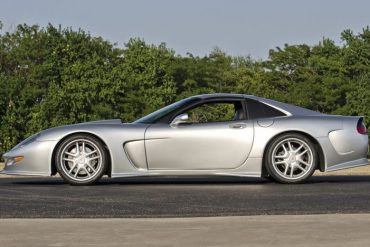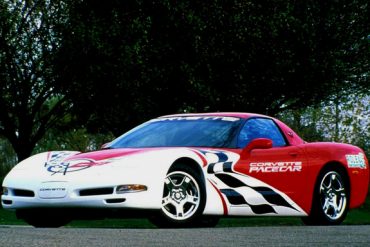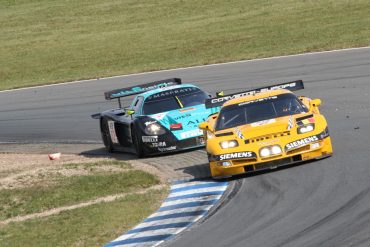Millions of spectators, broadcast viewers and listeners from around the world will be focused on the western region of France as one of Chevrolet’s fifth-generation family of Corvettes (referred to as C5) will pace an international field of sports cars as the Official Pace Car of the 67th running of the Le Mans 24 Hour race on June 12-13, 1999.
Callaway has built a firm reputation for producing some of the most sophisticated and advanced Corvette-based automobiles. Introduced in 1998, Callaway’s C12 continued this proud legacy. Designed, developed and constructed by two top German engineering and development companies, Callaway and IVM, the C12 was intended as a bespoke, high-performance car that offered its occupants a civilized interior and relaxed ride. One of the most respected Corvette super-cars ever.
Corvette’s decision to become the official pace car of the Rolex 24 Hours at Daytona is a key component of Chevrolet’s strategy to reinforce Corvette’s image as "America’s Performance Icon." Jim Campbell, Corvette brand manager, is responsible for developing this strategy, and he’s the guiding force behind Corvette’s return to the racetrack.
The Corvette C5-R was part of a plan by General Motors and their Chevrolet brand to create a factory team to participate in grand touring races not only in North America, but also elsewhere in the world, most notably at the 24 Hours of Le Mans. GM had previously been against approving factory support for Corvette racing programs, although the IMSA GT Championship's Corvette GTPs had seen some support until they ended competition in 1989.






